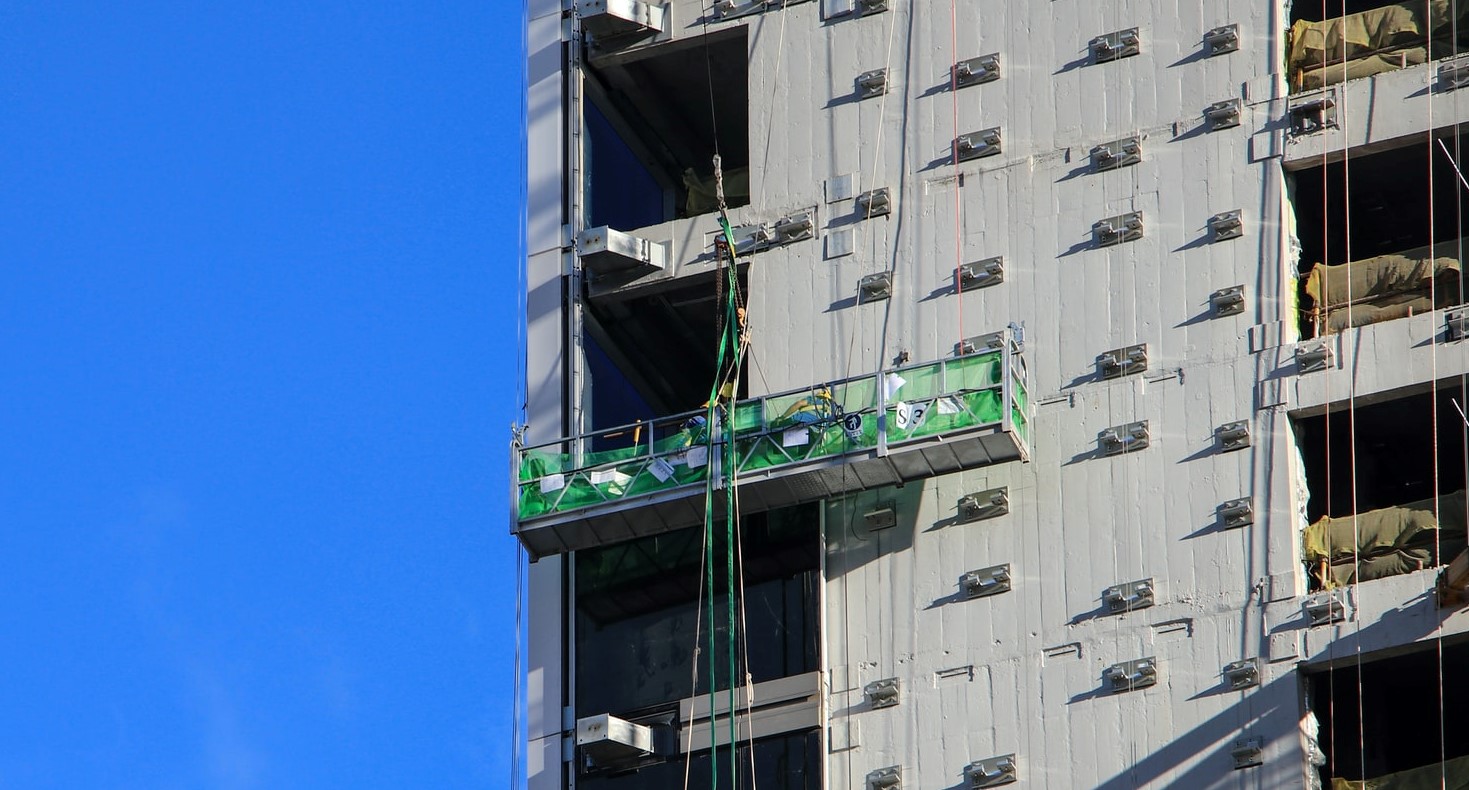
Suspended Access Equipment – Fall Protection Explain dangers Every worker who uses suspended access equipment (SAE) must have two independent means of support. That way, if the suspension system on […]
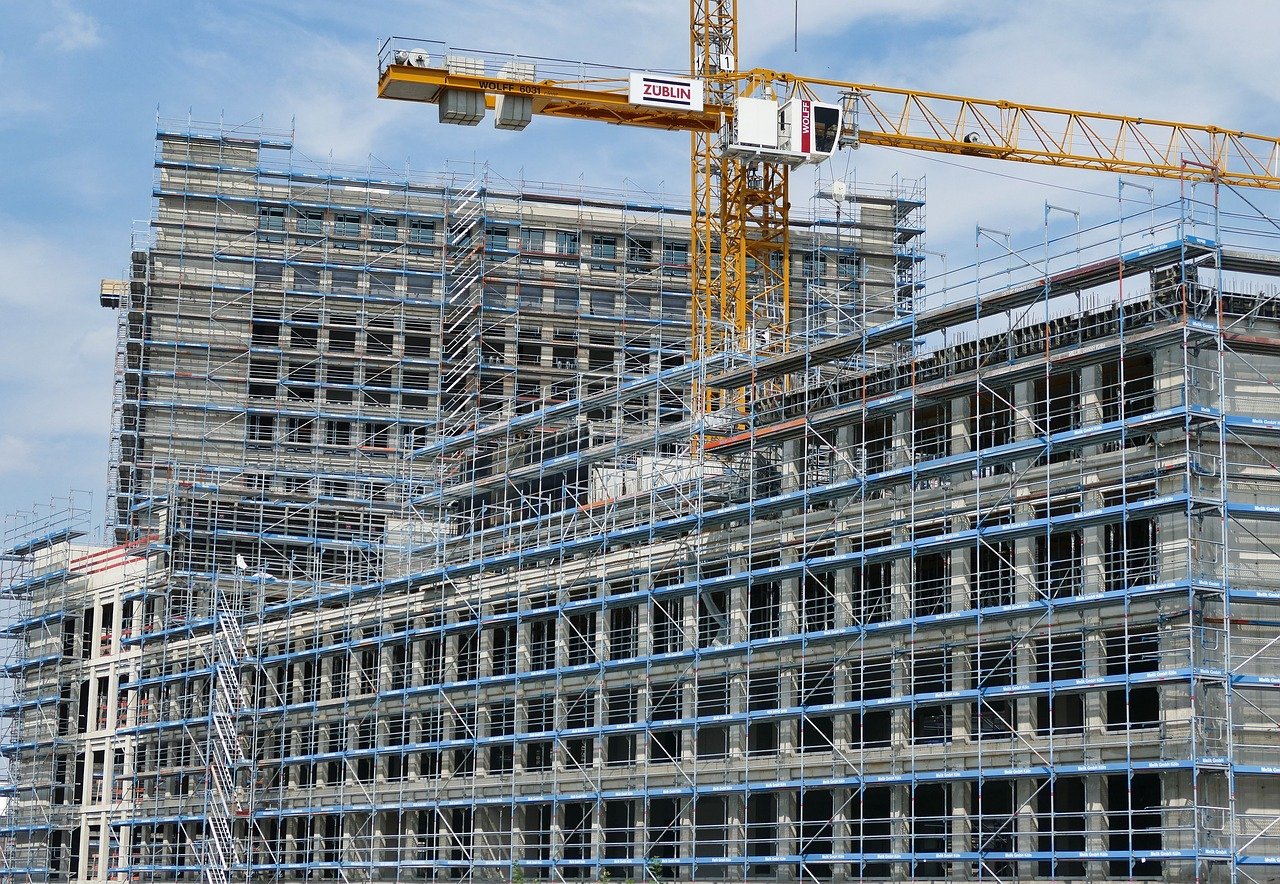
Working at Heights – Scaffolds – Structural Components Explain dangers If the structural components of a scaffold are damaged, defective, or installed incorrectly, it can lead to a tip-over or […]

Working at Heights – Scaffolds – Planks and Decks Explain dangers Many scaffold injuries involve problems with planks. If scaffold planks and decks fail, you could be seriously injured or […]
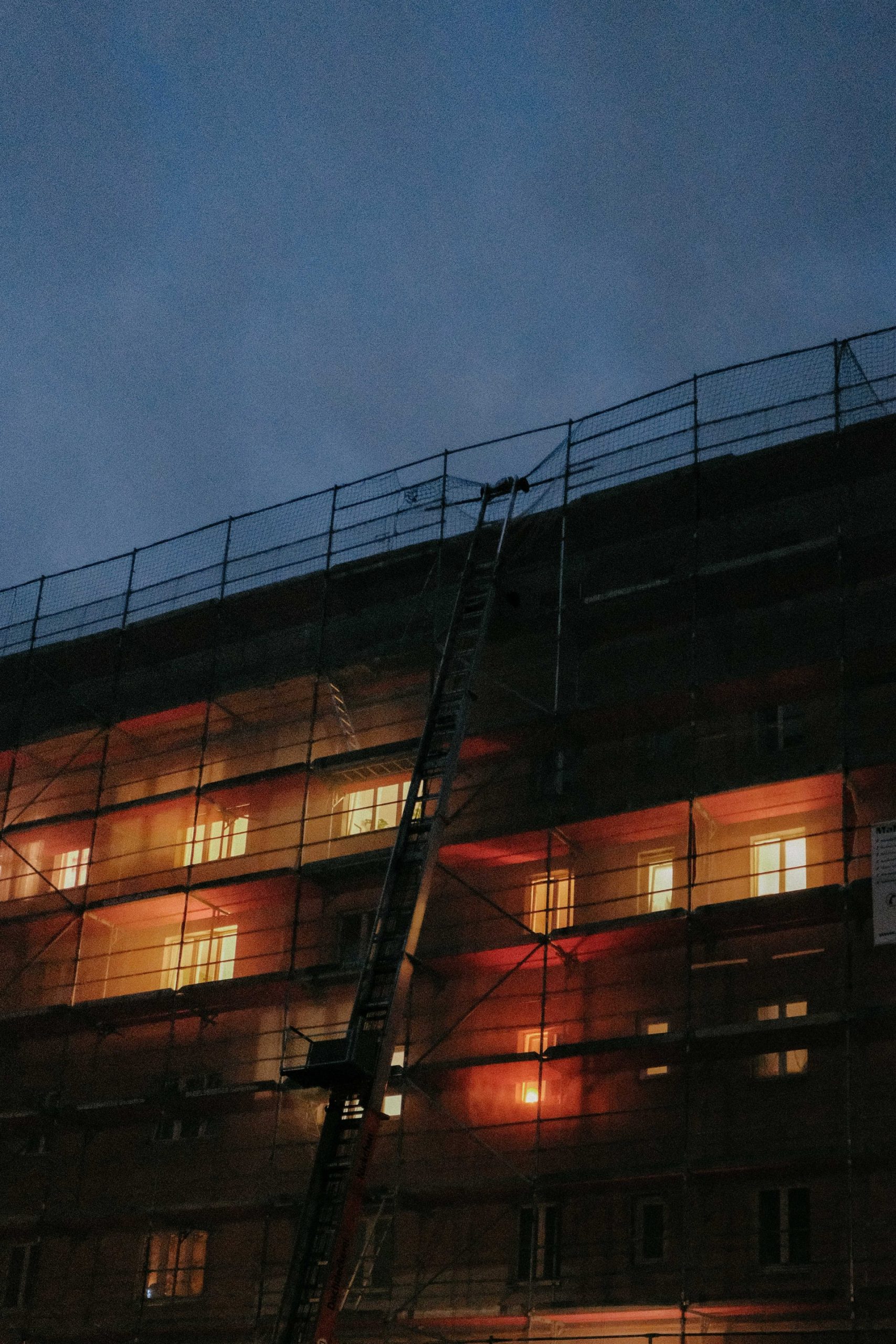
Working at Heights – 3-Point Contact Ladders Explain dangers Climbing a ladder is not as easy as it sounds. Workers have died from falls after losing their balance. Most ladder […]
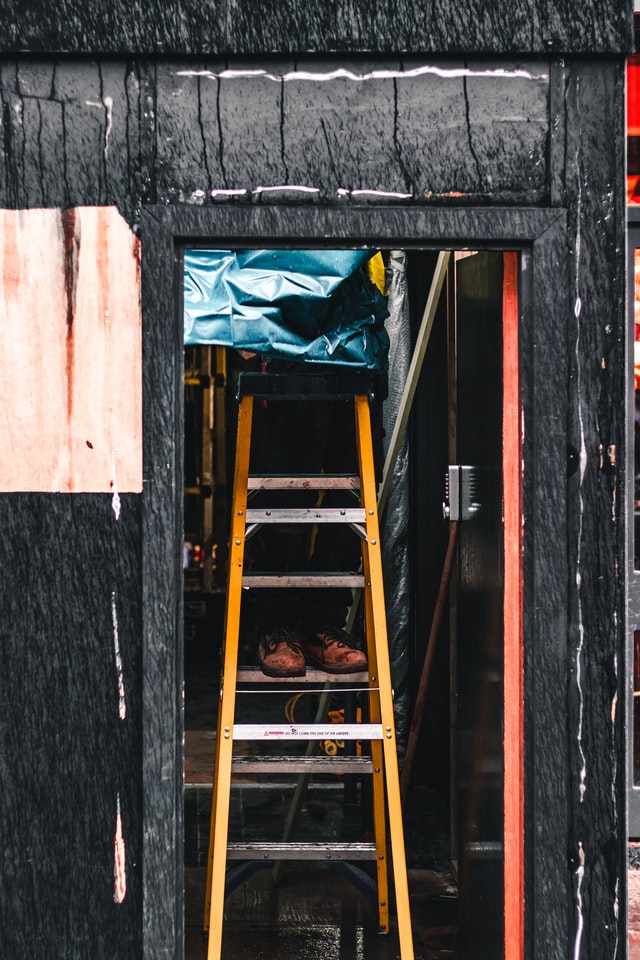
Working at Heights – Stepladders Explain dangers A stepladder is one of the most familiar things on a jobsite. Still, workers get hurt using them. Falls are the biggest risk. […]
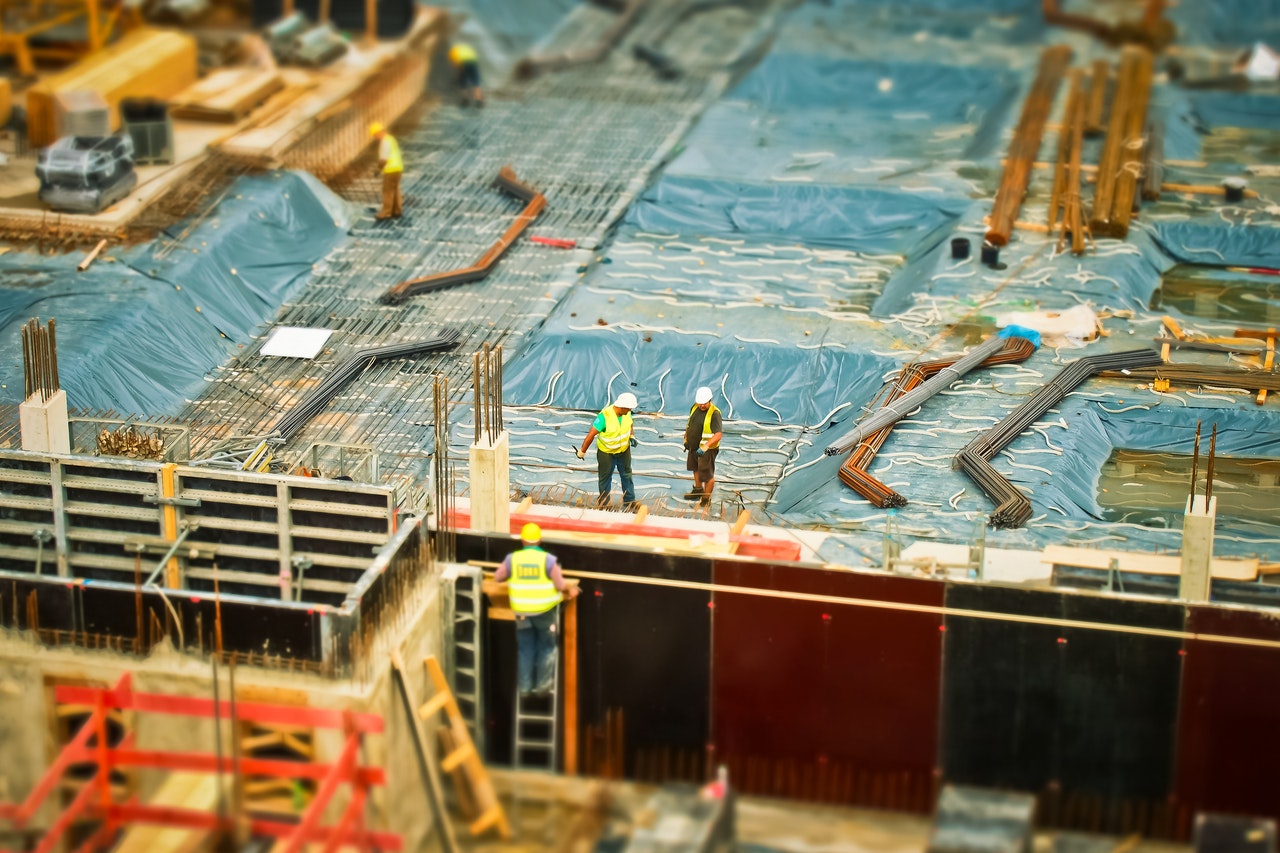
Working at Heights – Extension Ladders Explain dangers Extension ladders can be dangerous tools. Workers have been killed and injured from falls and powerline contact. Identify controls • Choose the […]
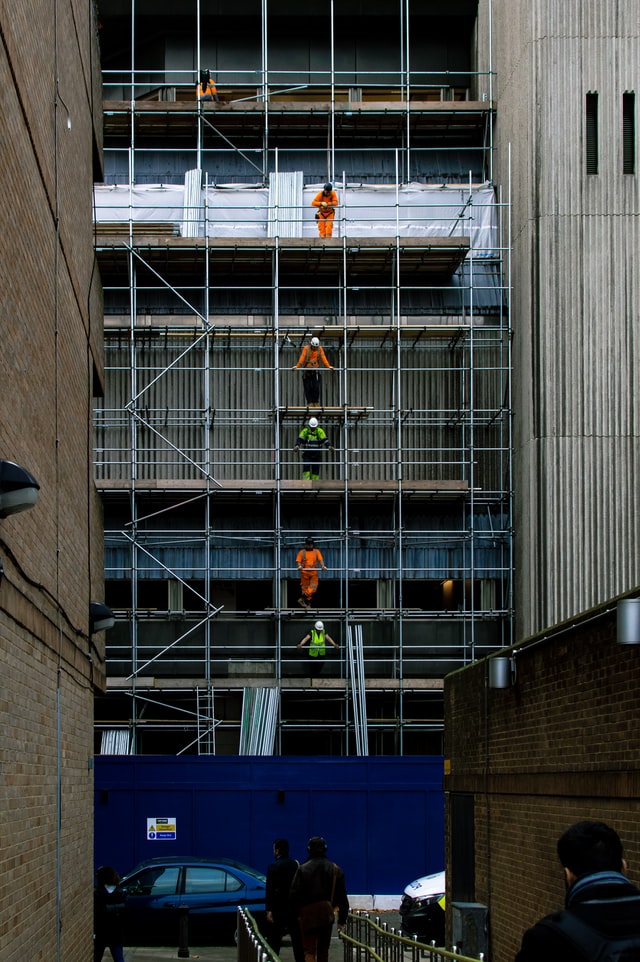
Working at Heights—Site-specific Training Explain dangers Falling from heights continues to be a leading cause of injuries and fatalities in the construction industry. Despite the introduction of standardized working at […]

Working at Heights Fall Protection Rope Grabs Explain dangers With rope grabs, there are three basic hazards: 1. Attaching them the wrong way 2. Grabbing hold of them during a […]
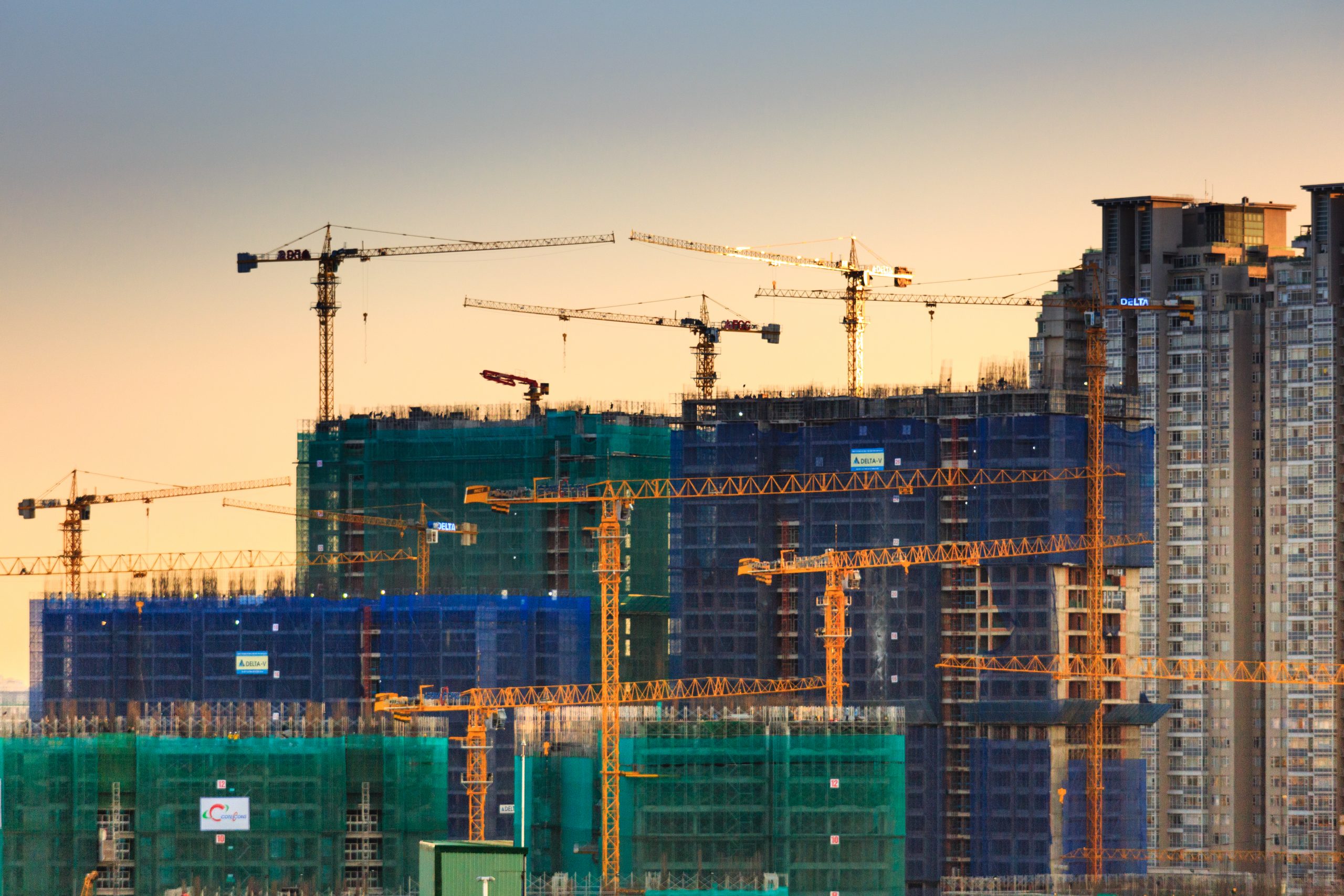
Working at Heights – Fall Protection Approvals and Inspections Explain dangers When you’re using a travel restraint or fall arrest system, your life depends on your equipment. If it is […]

Working at Heights – Fall protection Basic types Explain dangers Falls are the number-one cause of accidental deaths and critical injuries in construction. And you don’t have to fall far […]
